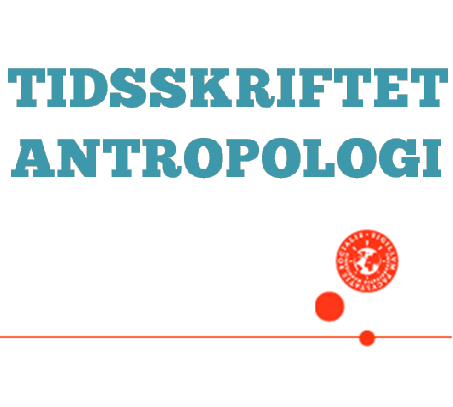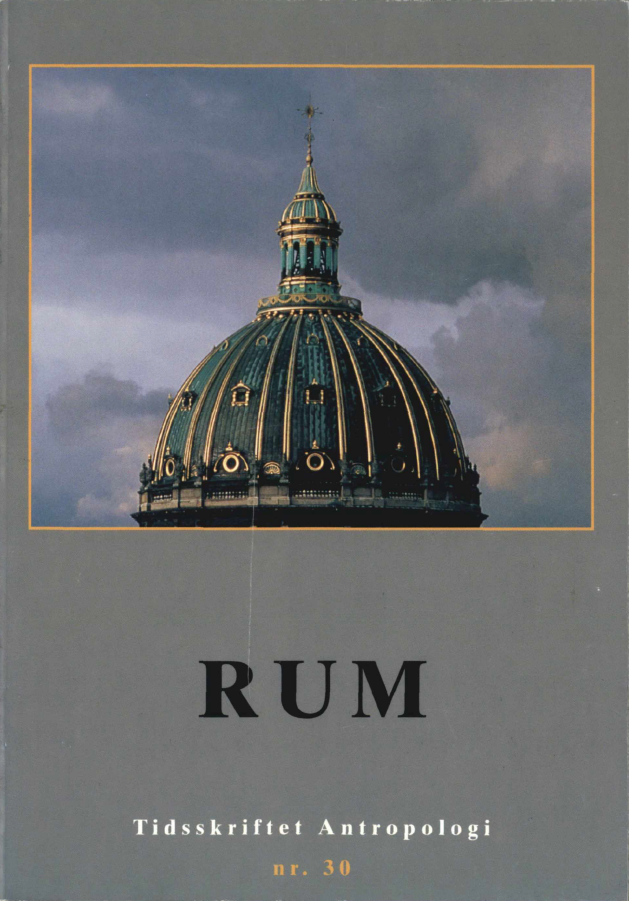Odysseens rum
DOI:
https://doi.org/10.7146/ta.v0i30.117837Resumé
The Odyssey is a description of a joumey and is open to many interpretations. It includes the outlines of the world and advice on what it means to be a man, a Greek, and a human being. Geographically, Odysseus transcends the border between the known world and fairyland. Socially, he experiences ways of living that may serve as a model - the polis of the Phaeacians - or the opposite - the land of the Cyclopes. Many gradations are found in between these. Odysseus travels as far as to the land of the dead, thus surpassing an otherwise unsurmountable barrier. Finally, the poem is also a joumey in time, operating on two levels: on the one hand the distance between rhapsode and audience, and on the other the world of the heroes, as well as the distance between two generations of the fictive world, Odysseus and the other warriors of Troy against Odysseus’ son Telemachus. Already to his son, Odysseus is a myth. The article asks the question of the historical reality behind the poem. The faet that the social structure considered normal in the poem is a polis led by a monarch confirms the view that the poem was composed during the period when tyrants reigned in many of the Greek city-states.
Downloads
Publiceret
Citation/Eksport
Nummer
Sektion
Licens
Ophavsretten til artiklerne i Tidsskriftet Antropologi tilfalder forfatteren.
Artikler publiceret i Tidsskriftet Antropologi må citeres, downloades og videresendes for ikke-kommerciel brug, under forudsætning af normal akademisk reference til forfatter(e) samt tidsskrift, årgang, nummer og sider. Artiklerne må kun genudgives med eksplicit tilladelse fra forfatter(e) og tidsskriftet.


